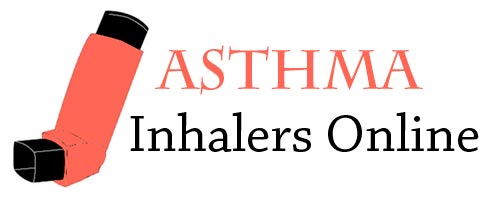Observation of Reduction of Nocturnal Asthma by an Inhaled Anticholinergic Drug
There is now considerable evidence that nocturnal asthma represents an exaggeration of the normal diurnal variation in airway caliber. There is a degree of resting cholinergic tone present in human airways. Since asthmatic subjects show an exaggerated bronchoconstrictor response to cholinergic agonists, it is possible that increased cholinergic tone at night might contribute to nocturnal asthma . There may be several possible mechanisms for the increase in cholinergic effects at night. There may be an increase in











